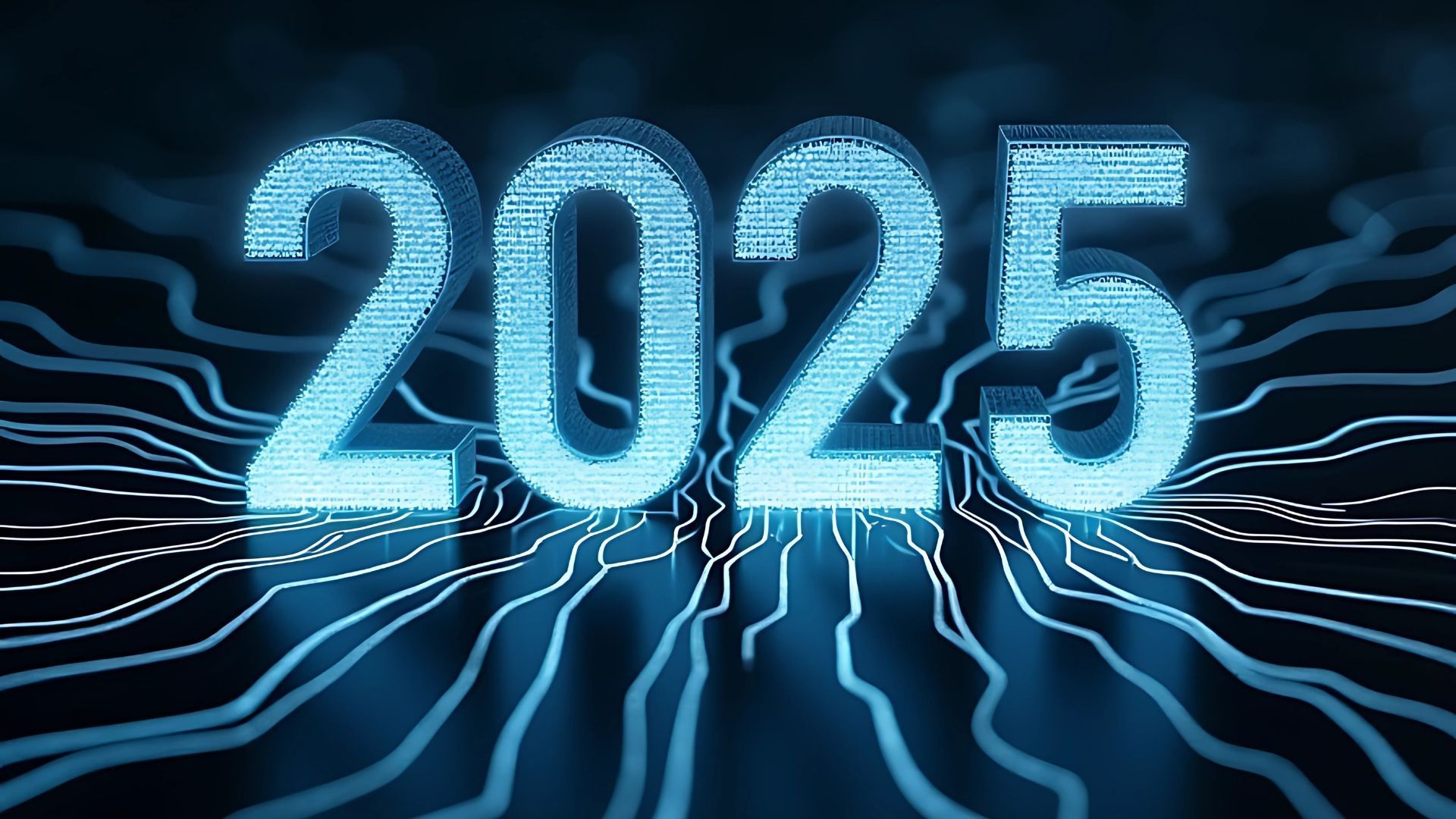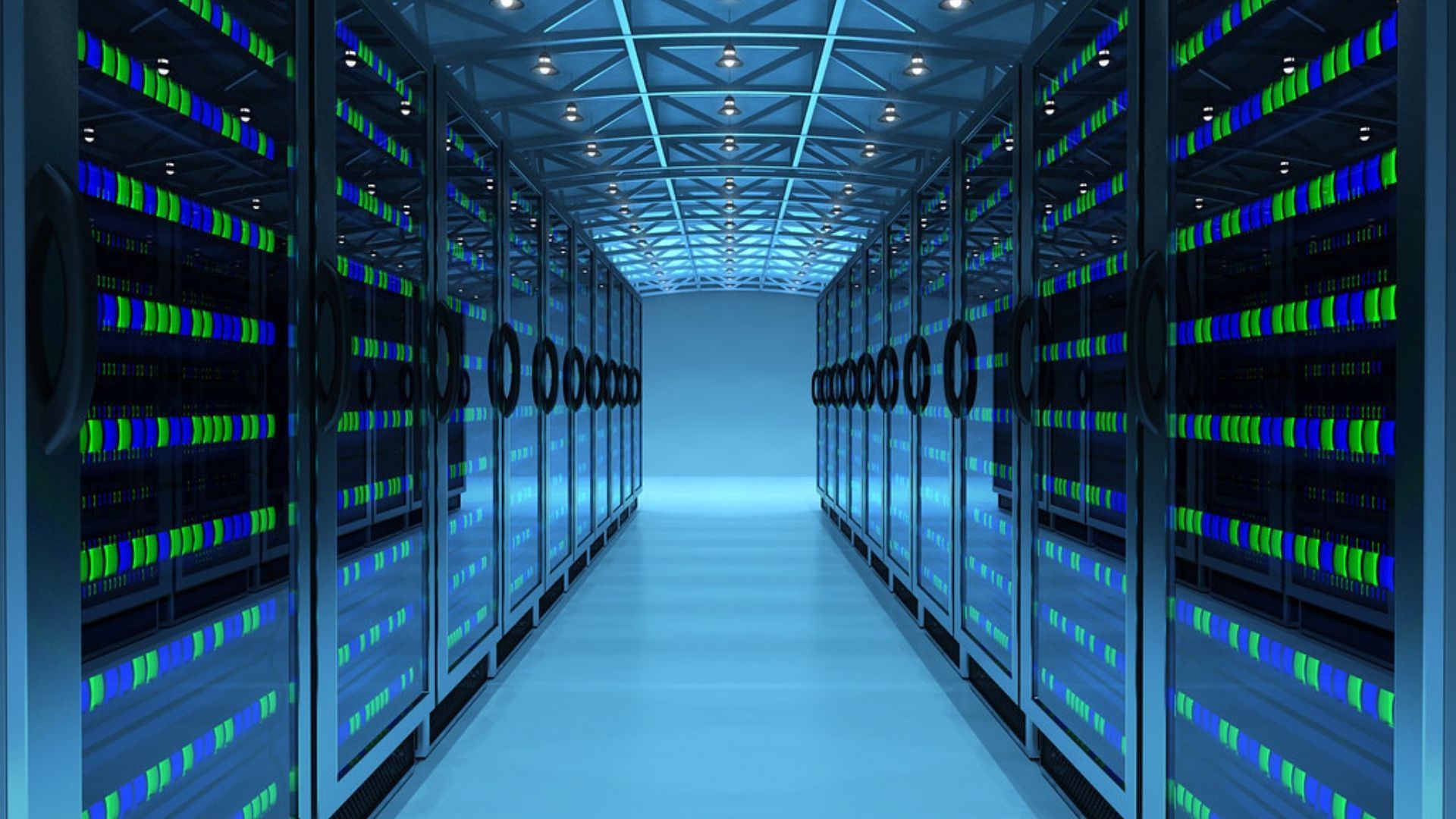What is cloud robotics?
How can you endow a robot with human-like intelligence without strapping it to a huge power supply? The answer: cloud robotics. Read on to learn more.
Back in the late 1990s, a spate of pugilistic robot shows hit televisions around the globe. The UK had Robot Wars . In the States, there was BattleBots. And so on.
In any case, the premise was the same: each week, teams of roboteers would pit DIY robots against each other in giant televisual arenas.
These homemade robots had many fine qualities. They were mobile, tough and spoiling for a fight. But were they clever?
A robot in this context is only as clever as the human controlling it. You might as well say that an egg whisk is capable of intelligent conversations about eggs.
But what if you wanted a robot that had human – or human-like – intelligence?
Historically, the big challenge has been the relationship between processing power and physical size. The more complex the machine, the more power it needs. The more power it needs, the more cumbersome and lumbering it becomes.
A solution to this problem has arrived in the form of cloud robotics. This is where the robot's "brain" is in the cloud. It draws on the computation, storage and communication resources that a data centre can provide.
What this means in practice is that a robot can harness cloud technologies to become more intelligent – but without having to lug its power source around.
As with other cloud solutions, this means that the robots in question are lightweight. If your smartphone was directly powered by a data centre, it wouldn't be mobile anymore. Its thinness is possible because many apps outsource their workloads to a rack of data servers somewhere.
This is the new frontier of robotics: lightweight, low-cost, smart robots that can be used in a range of settings.
Self-driving cars
Long before app-based taxi firms like Uber and Bolt came along, London cabbies would take a test called "The Knowledge".
This is where would-be drivers had to memorise the streets of London and demonstrate their knowledge in oral exams. It's been called the hardest test in the world that takes thousands of hours to prepare for – and according to some studies leads to an
enlarged hippocampus. The driver absorbs so much information that their brain literally gets bigger.
In the age of GPS, The Knowledge has lost some of its lustre. The
textbook says that a taxi driver needs to know "anywhere a taxi passenger might ask to be taken" – something which Google Maps can do at the click of a button.
Cloud robotics is taking things a step further. Now it's not just navigation that's powered by the cloud. In the case of
Waymo's self-driving taxis, it's driving itself.
This is possible because the cars are hooked up to Google's maps, satellite and Streetview. The car is navigated according to these vast swathes of data – and also contributes to it. Whatever road conditions the car detects are sent to the Google cloud to improve other cars' performance.
The vision is of a self-sustaining, self-improving, self-driving fleet of taxis. In San Francisco, Waymo has been trialling driverless Jaguar I-Pace SUVs – although it's yet to take any public passengers for a ride.
This innovation is possible only because of cloud technologies. Imagine a self-driving car that's powered by its own private data centre. Frankly, the suspension wouldn't take it.
While a self-driving taxi doesn't, by definition, need a driver, that doesn't mean it's free from human supervision. Take Coco's delivery robots.
Employees monitor their journey – and if things really go south, they take to the road to complete the delivery.
But it's not only the automotive world that's experimenting with cloud robotics. It's also entering the world of healthcare.
Cloud medical robots
A self-driving car no longer needs a human at the wheel. Cloud medical robots, by contrast, are used to inform decision-making. They're an aide to doctors – not a replacement.
There are a number of uses for cloud robots in healthcare. The first is to analyse data with a speed and accuracy that a mere human isn't capable of (even one with an engorged hippocampus). Robot-assisted healthcare professionals are, it's argued, able to make more precise diagnoses than when left to their own devices.
Cloud robots can also automate tasks – essentially functioning as labour-saving devices for doctors and nurses. In some settings, they're already being used as co-surgeons, lab technicians and medication dispensers.
As with driverless cars, this is possible only because the robot can tap into sprawling expanses of data and analyse it at superhuman speed.
Assistive robots
Imagine the dark days before vacuum cleaners. You'd sweep and sweep and sweep a little more. You'd hang up rugs and carpets and beat them. It was all a bit too much like hard work.
It may be that one day we'll look back on the Vacuum Age with the same bemused expression. People actually pushed these things up and down every room in their house? Were there no robots?
Domestic robots like the Roomba drive up and down, back and forth, and use something called "smart mapping". This is where you can tell it exactly where to clean and not to clean. These maps are then uploaded to iRobot's cloud – not stored on the robot itself.
The potential for cloud-assisted domestic robots is vast – and while we haven't quite reached a time when each home has a robot butler, it's closer than ever before.
Industrial robots
Finally, there's the world of industry. Warehouses and fulfilment centres are increasingly staffed by robots.
Of course, warehouse robots are nothing new. General Motors had a robotic arm back in 1961. The difference is that today's robot is hooked up to the cloud, meaning it shares a brain with its robot colleague rather than carrying one around and impeding its performance.
Historically, it's been hard to train robots. Development and training are long and costly. With cloud robotics, however, programming and reprogramming become relatively easy.
Amazon, for instance, now uses a fully autonomous mobile robot called "Proteus", whose job it is to push large carts through the warehouse. There's also Cardinal, a robotic arm that can lift packages weighing up to 50 pounds.
The bottom line
The age of cloud robotics has arrived – it just remains to be seen how common these machines will become, and exactly what effect they'll have on our work and home lives. Whatever happens, we'll keep you posted…
Ascend Cloud Solutions is a
cloud migration specialist based in Cork, Ireland. We've managed over 400 migrations and counting. Want to find out more? Please
get in touch for a free, no-obligation consultation.












